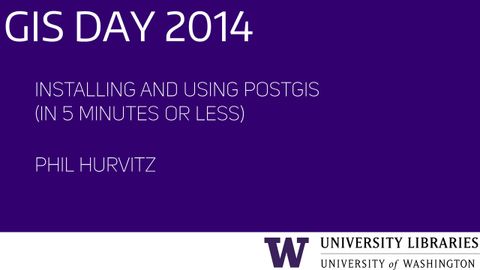
字幕と単語
PostGISのインストールと使用(5分以内で) - UW GIS Day 2014 ライトニングトーク (Installing and Using PostGIS (in 5 minutes or less) - UW GIS Day 2014 Lightning Talks)
00
cyrain が 2021 年 01 月 14 日 に投稿保存
動画の中の単語
hit
US /hɪt/
・
UK /hɪt/
- v.t.打撃を与える;(ボタン : スイッチなどを)押す;思い浮かぶ;殴る;打つ : たたく;(場所 : 水準 : 目標に)たどり着く : 達する;(ボールを)打つ : ヒットする
- n.殺し;(曲や映画の)ヒット作;打撃;ヒット;ヒット
A1 初級TOEIC
もっと見る advance
US /ædˈvæns/
・
UK /əd'vɑ:ns/
- n.進軍;(人を)誘惑しようとすること;進歩;前払い;誘い
- v.t./i.進軍する;進歩する : 向上する;(価値 : 値段が)上がる;前進する;誘惑しようとする : 口説こうとする;昇進させる;貸し付ける;提唱する
A2 初級TOEIC
もっと見る エネルギーを使用
すべての単語を解除
発音・解説・フィルター機能を解除
